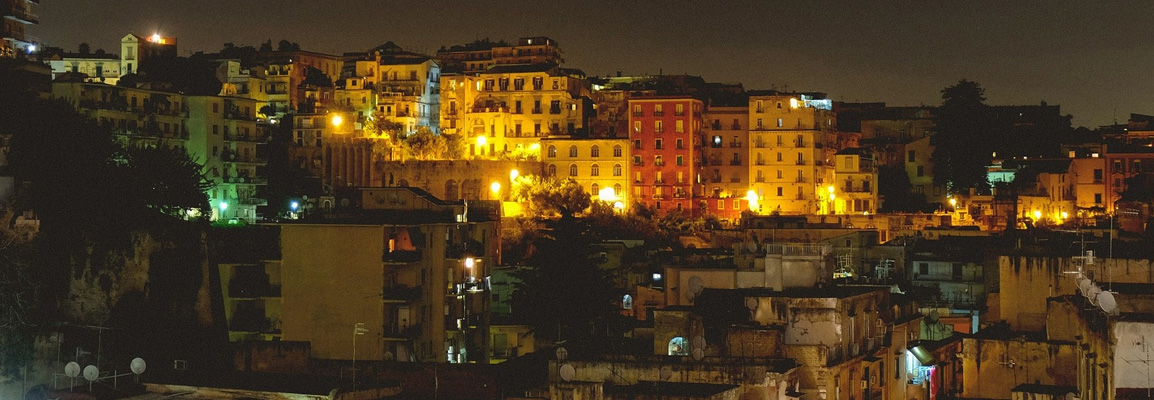Slum rehabilitation projects – Mumbai’s lifeline for clean and planned urban living Real Estate

According to 2010 Census Data, 62% of Mumbai’s population resides in slums. These slums, a large part of which are illegally constructed, are characterised by their unplanned structuring and limited access to basic facilities such as water, health services and sanitation. Given that a majority of the city’s population dwells in these, it is imperative for the government to step in and improve their conditions.
Keeping with this agenda, the Government of Maharashtra has undertaken various steps to integrate slum dwellers with the mainstream population. The Maharashtra Slum Areas (Improvement. Clearance and Redevelopment) Act, 1971 was the first step towards this objective. In the following decade, the government introduced a scheme called Slum Upgradation Programme, in conjunction with the World Bank. In 1995, the government created the Slum Rehabilitation Authority (SRA).
The government’s ambitious ‘Pradhan Mantri Awas Yojna’ is an important step towards ensuring affordable housing solutions for slum-dwellers. The scheme aims to provide housing for all Indians by 2022 with basic amenities such as sanitation, access to drinking water, etc. in place.
Listed below are the notable developments in this direction:
1 ‘In Situ’ Slum Redevelopment Scheme
An important aspect of the PMAY is the ‘‘in-situ’ slum redevelopment scheme. This is an innovative concept that uses land as a resource and allows incentive floor space index (FSI) in the form of tenements for sale in the open market. As per this regulation, slums redevelopment contracts will be awarded to private builders through an open bidding process. The private developers will use land as a resource to construct new houses for the slum dwellers on part of the land awarded to them. The rest of the land will be used to construct new buildings by the building company.
However, any slum redevelopment under this scheme requires consent from 70% of slum dwellers. As per the latest statistics available, 1524 slum redevelopment projects have been allotted in Mumbai. Of these 197 have been successfully completed while the rest are at various stages of completion1.
2 Expanding the Scope of Slum Rehabilitation
In November 2017, Chief Minister Devendra Fadnavis proposed modifications to the 1971 law that would make all slum dwellers in Mumbai be eligible for rehabilitation. Currently, only the residents dwelling in slum units that existed before 1 January 2000 are entitled to rehabilitation under the slum redevelopment policy. However, the Chief Minister has proposed that those in the post-2000 dwelling would not be entitled to a free house unlike the pre-2000 counterparts. The former will have to pay the construction house of their rehabilitated homes.
In another move, the Chief Minister also directed the Brihanmumbai Municipal Corporation (BMC) to make “open lands” in Mumbai available to the Slum Rehabilitation Authority to build transit tenements. This way, the authority will have more space to accommodate the burgeoning population of the city.
3 Housing Rights for Slum Dwellers
1 https://blog.ipleaders.in/slum-rehabilitation-programs-laws-mumbai/#_ftn3
In May 2018, the government outlined its plan to bring the redevelopment of existing slums and Maharashtra Housing and Area Development Authority (MHADA) buildings under the regulations of the Maharashtra Real Estate Regulatory Authority (RERA). The Act will be applicable to ongoing projects as well as new projects. This move will ensure that redevelopment of slums and MHADA colonies will be completed as per the given timelines.
Further, it will protect the rights of the homeowners and boost accountability from builders of rehabilitation projects.
With all these developments, the state government is right on track in giving a new lifeline to Mumbai – one that provides for clean and planned urban living.


